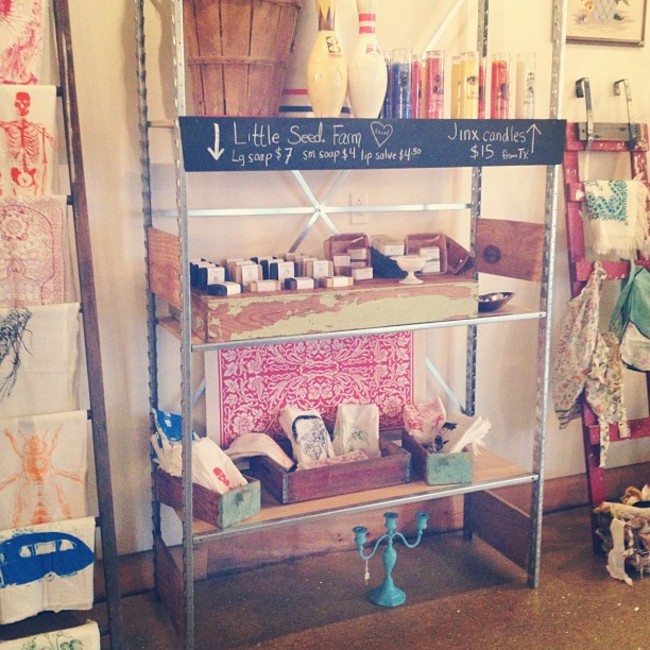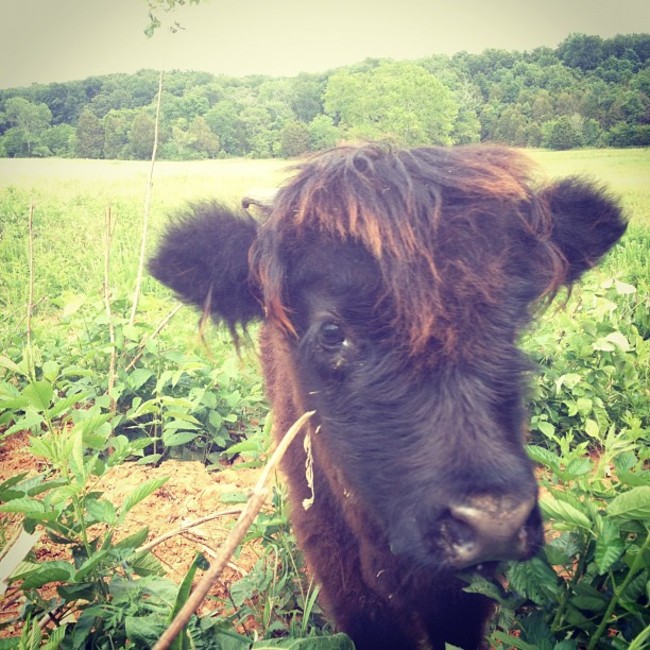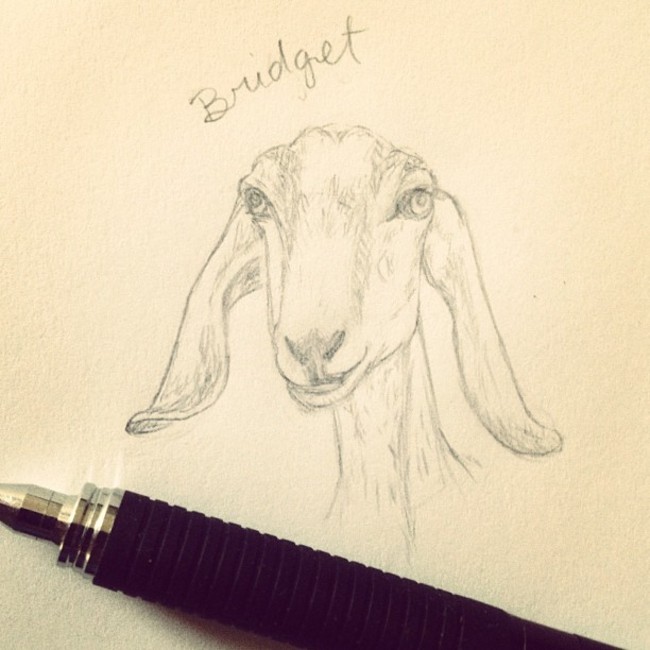I haven't written one of those boring Farm Flows posts in a while, so I thought I better get back on it.
Actually, we've received a bunch of questions about the economics of soapmaking and whether it can sustain a small farm, such as ours. We love that so many people email us questions about leaving the rat-race and starting a small business. It's inspring, and I hope that some of what we share on our site will help them achieve their dreams.
However, we don't know whether what we're doing will work. We're not yet paying the bills with farm income. What we do know is what it would take for items such as soap, lip salves, etc to provide a meaningful income for us. And that's what I think people really want to know. Can I move to the middle of nowhere and make soap (or other small, farm products) and live a happy life? The answer is my least favorite of all answers: it depends.
 Our soaps and lip salves on display at OMG in Nashville
Our soaps and lip salves on display at OMG in Nashville
I am not going to give you all of our numbers because I want you to figure it out for yourself. Don't rely on other people's numbers. They aren't your own.
My goal in this article is to help walk you through the process that I use when I'm trying to answer this question for ourselves. At Little Seed our goal is NOT to create a giant business. We want to make an income sufficient to cover our bills and save a little for the future. We DO NOT want to sit in an office and manage employees. We want to be farmers. You should read this article with that standpoint in mind.


